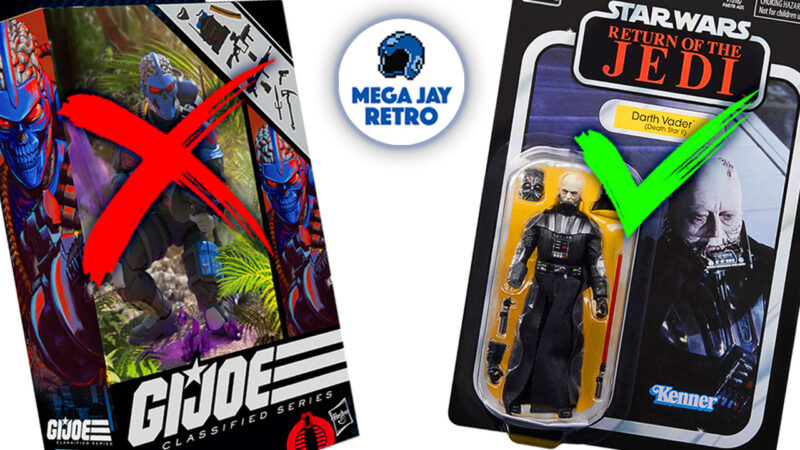Hasbro, one of the world’s leading toy manufacturers, has recently made a controversial move by returning to using plastic packaging to display certain toy lines. While this decision has been met with criticism from environmental activists and sustainability-conscious consumers, Hasbro has emphasized that plastic packaging provides benefits for collectors who prefer to keep their toys in the packaging for display.
Collectors play a significant role in the toy industry, with many avid collectors seeking to preserve the packaging of their favorite toys as part of their hobby. For them, the packaging is not just a means of protecting the toy during transportation and storage, but also an important element of the overall collectible value and aesthetics of the toy.
Plastic packaging allows for better visibility and presentation of the toys, enabling collectors to see the product inside without having to open the packaging. Many plastic packages feature clear windows that showcase the toy, its accessories, and its unique features, making it more appealing and enticing for collectors. This helps collectors make informed purchasing decisions and adds to the overall value of the toy as a collectible item.
Furthermore, plastic packaging provides durability and protection, helping to prevent damage to the toy from dust, moisture, and handling, which is particularly important for collectors who intend to keep the toys in their packaging for display over an extended period of time. Plastic packaging also helps to maintain the original condition of the toy, preserving its value and desirability among collectors who prioritize the pristine condition of their collectibles.
Hasbro’s decision to return to plastic packaging for certain toy lines is driven by its commitment to meeting the preferences of collectors who value the packaging as an integral part of their collecting experience. The company acknowledges that while alternative packaging materials may offer environmental benefits, they may not always meet the specific requirements of collectors who seek to preserve the packaging for display purposes.
However, this decision has sparked concerns among environmental activists and consumers who are worried about the negative impact of plastic waste on the environment. Plastic pollution is a critical environmental issue, with plastic waste ending up in oceans and landfills, posing a threat to wildlife, ecosystems, and human health.
In response to these concerns, Hasbro has stated that it remains committed to sustainability and is actively exploring alternative packaging options that are more environmentally friendly. The company has been investing in initiatives to increase the use of recycled plastic, improve the recyclability of its packaging, and support recycling infrastructure. Hasbro recognizes the need to strike a balance between collector preferences and environmental sustainability, and is actively working towards finding more sustainable packaging solutions that can meet both objectives.
In conclusion, Hasbro’s decision to revert to plastic packaging for certain toy lines highlights the delicate balance between collector preferences and environmental sustainability. While plastic packaging offers benefits for collectors who value the packaging as part of their collecting experience, it also raises concerns about plastic waste and its impact on the environment.


